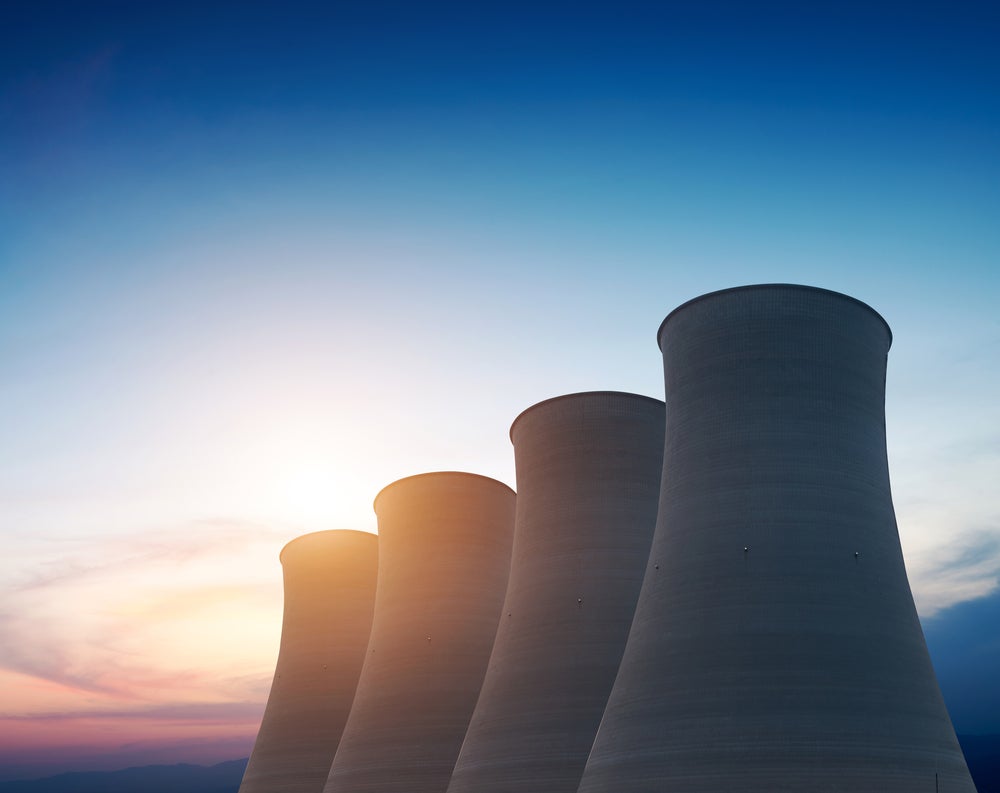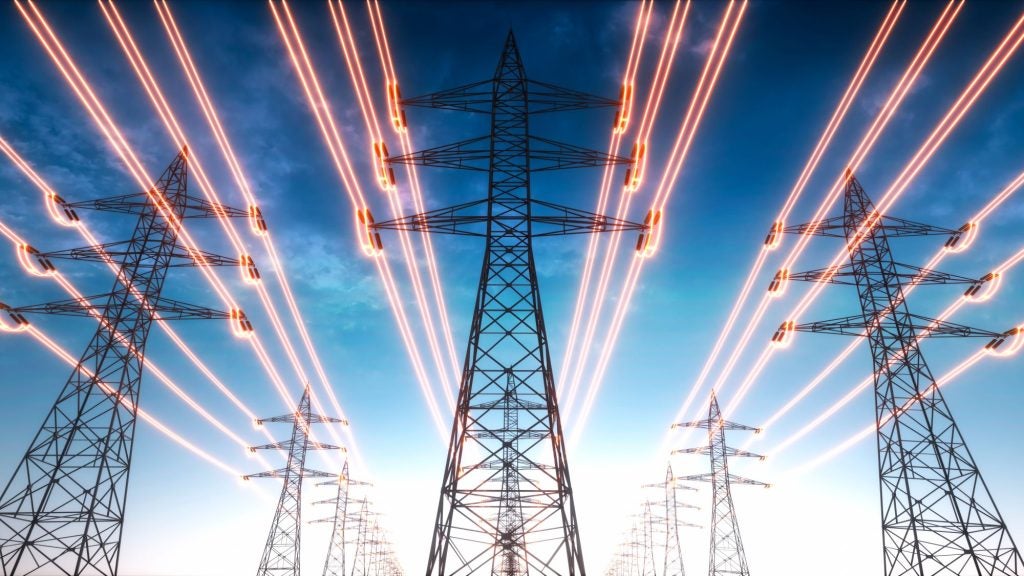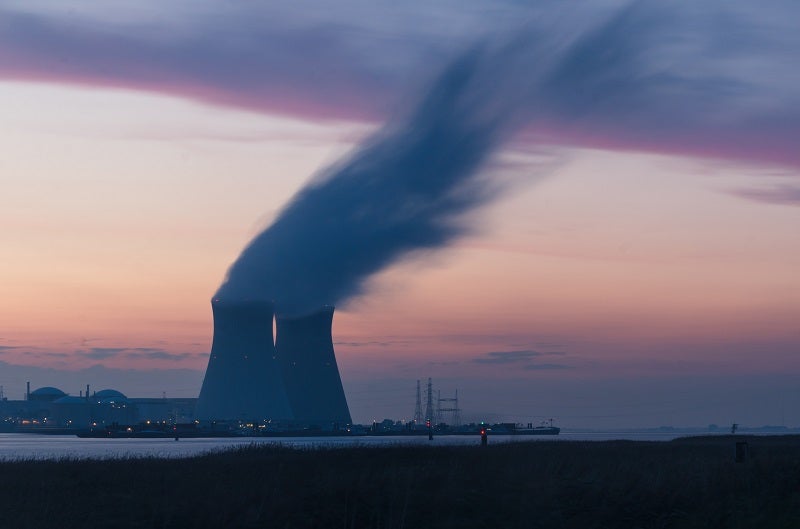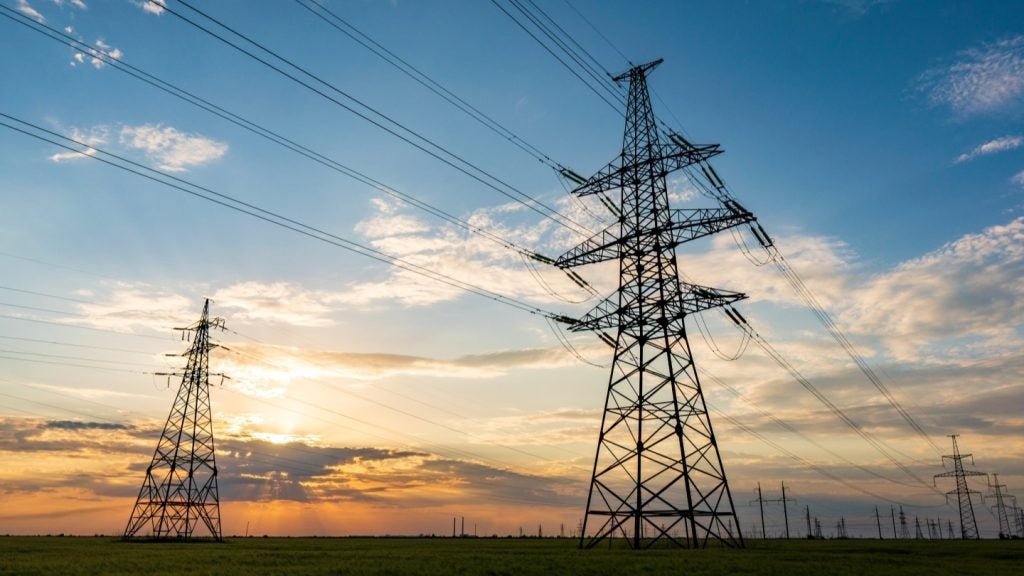
In a stark revelation, the World Nuclear Industry Status Report (WNISR) has outlined the severe challenges faced by the global nuclear power sector in recent years. The report, covering developments up to mid-2023, highlights a significant decline in nuclear production, with its share dropping to the lowest point in four decades. This decline is attributed to a combination of factors including national policy shifts, economic pressures and the rapid growth of renewable energy alternatives.
Global nuclear production and generation reaches new low
The WNISR points out that global nuclear power generation experienced a notable 4% decline, reaching a level not seen since the mid-1990s. Outside of China, the decrease was even more pronounced, at 5%, taking the global nuclear energy share of commercial gross electricity generation in 2022 down to 9.2%. This marks the most substantial drop since the aftermath of the Fukushima disaster in 2012 and a record low in the past four decades. It is noteworthy that this share is now little more than half of its peak of 17.5% in 1996.
Several major nuclear-producing nations faced significant challenges in 2022 and mid-2023, contributing to the overall hit on the global nuclear landscape.
The US saw its nuclear share of commercial electricity generation drop to 18.2%, the lowest level in 25 years. France experienced a drop in nuclear generation below its 1990 level, turning into a net importer of electricity for the first time since 1980. However, the country seems motivated to rectify the situation, recently leading a group of 20 countries in declaring to “triple nuclear energy capacity from 2020 by 2050” at COP28 in Dubai.
Belgium witnessed the closure of two reactors, in September 2022 and January 2023, with three more slated for closure by 2025. Germany saw the closure of its last three operating reactors on 15 April 2023, completing the phase-out policy initiated in 2011.
The report notes that the number of closed power reactors reached 212 units as of mid-2023, with 22 fully decommissioned and 11 released from regulatory control. With this, the report indicates that 407 reactors with a total capacity of 365GW were operational worldwide – a decrease of four reactors compared with the previous year and 31 units below the peak observed in 2002.
How well do you really know your competitors?
Access the most comprehensive Company Profiles on the market, powered by GlobalData. Save hours of research. Gain competitive edge.

Thank you!
Your download email will arrive shortly
Not ready to buy yet? Download a free sample
We are confident about the unique quality of our Company Profiles. However, we want you to make the most beneficial decision for your business, so we offer a free sample that you can download by submitting the below form
By GlobalDataEconomic challenges and renewable competition
Nuclear power faces increasing economic challenges, with Lazard modelling indicating that, at discount rates over 5.4%, it becomes the most expensive generator in terms of the levelized cost of energy (LCOE).
National developments of major nuclear-producing countries reflect this reality. The report highlights massive subsidies in the US, with state-level taxpayer-funded subsidies estimated to exceed $15bn by 2030. The UK, now operating only nine nuclear units, has seen cost estimates for the two Hinkley Point C reactors soar to $44bn (£34.98bn) and grid connection delayed until June 2027. South Korea’s state-owned utility, KEPCO, recently faced a record loss of $25bn (33.01trn won), with a 32% rise in net debt to an unprecedented $149bn.
The report also underscores the underestimated hidden costs associated with nuclear power, including decommissioning expenses and liabilities for accidents. Decommissioning costs in Germany, Italy and Lithuania, all nuclear phase-out countries, were estimated to be orders of magnitude higher than international estimates. Meanwhile, the Japanese Government estimated the cost of the 2011 Fukushima accidents at an astonishing $223bn (Y32.62trn) – the largest in the world.
Nuclear finances are even more alarming when compared with renewable alternatives. Renewable energy continues to outpace nuclear power, with total investment in non-hydro renewable electricity capacity reaching a record $495bn in 2022, 14-times the investment in nuclear power plant construction. Wind and solar facilities alone generated 28% more electricity than their nuclear counterparts, accounting for 11.7% of global electricity generation, compared with nuclear’s 9.2%.
In terms of LCOE, the report highlights that nuclear power can be nearly four-times the LCOE of onshore wind at a discount rate of 10%. In the US, unsubsidised solar and wind, with rapidly declining firming costs, have a combined cost of $45–140 per megawatt-hour (MWh) in comparison with new nuclear at a mean $180/MWh.
Uncertain future for global nuclear industry
The global nuclear industry confronts an uncertain future, paired with concerning new developments in the sector.
In the report, one country stood out for going against the current as it continues to dominate the global nuclear market – Russia.
While China leads in the domestic number of reactors under construction with 23 ongoing, Russia dominates the international market with 24 units under construction, including 19 in seven other countries. Russia has also brought on new technology, notably developing the first and only floating nuclear power plant in the world.
However, according to the report, construction delays plague many Russian projects, with 93% of ongoing constructions taking place in Nuclear Weapon States (NWS) or by NWS-controlled companies abroad.
In addition, both China and Russia have been tied to recent revelations about cyberattacks on Sellafield, a nuclear site located on the Cumbrian coast in the UK, by groups with close ties to the two countries. The investigation raised eyebrows about the state of cybersecurity for nuclear sites.
The report also notes that Small Modular Reactors (SMRs) have not seen significant progress in the past year, with no units under construction in the western world. The most advanced project, based in the US and involving NuScale, terminated in November 2023 due to a 75% increase in the cost estimate. Canada, nevertheless, plans to build four SMRs in Ontario, arguing that they will contribute C$15.3bn ($11.25bn) to Canada’s gross domestic product.
In conclusion, the WNISR paints a sobering picture for the global nuclear power industry as it grapples with economic challenges, national policy shifts and the dominance of renewable energy alternatives. As the world transitions towards cleaner and more economically viable energy sources, nuclear power finds itself at a crossroads.
Despite all this, recent announcements at the COP28 summit demonstrate the industry’s efforts to turn things around. While the US, Canada, France, Japan and UK backed the global nuclear supply chain, planning investments to improve uranium enrichment and conversion capacity, US Special Climate Envoy John Kerry launched an international engagement plan to advance nuclear fusion, saying the technology will become vital in the energy transition.
There have also been new developments in international cooperation with the UK and US signing a partnership to develop nuclear fusion technology and the UK and South Korea agreeing to strengthen their cooperation on civil nuclear power including large-scale, small-scale and advanced reactors, decommissioning and waste management, and supply chains.







